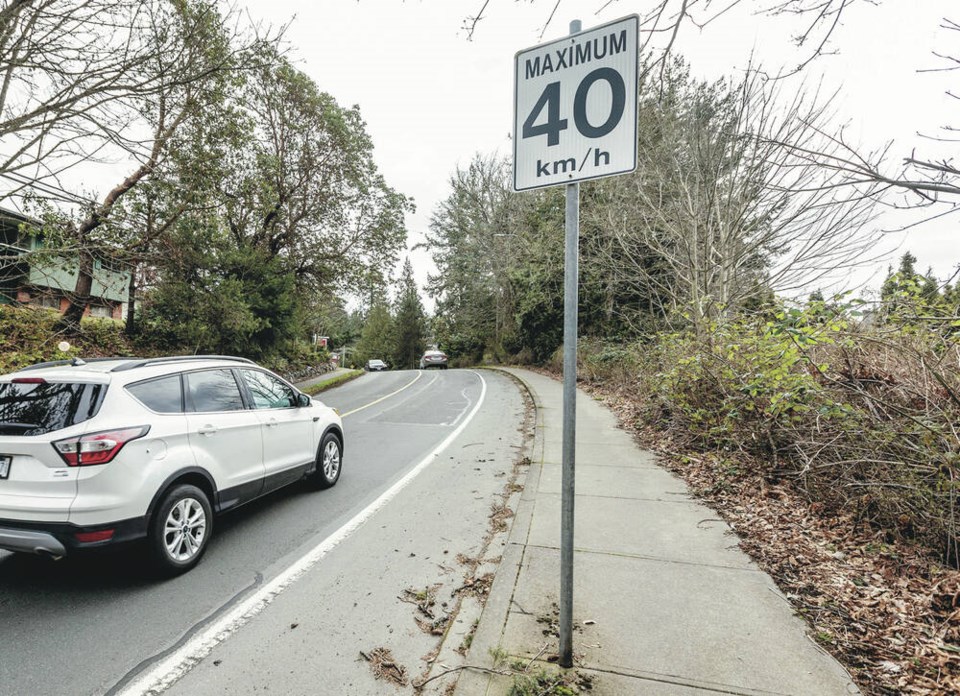I’m not sure if it’s just me, but within the past few weeks I’ve noticed a larger than usual number of drivers who seem “lost” behind the wheel.
By that I mean that their driving behaviour is unpredictable, which is a kinder, more euphemistic word — erratic is probably more to the point.
For example, I’ve fallen in behind several drivers lately who seemingly can’t figure out the speed limit. For several blocks they’re doing 35 or 40 km/h in a 50 zone, and sometimes it’s even a 60 zone, then without explanation or changes in the road or traffic environment, they’re zooming up to 55, 60 or more, only to be back down to 30 or 35 km/h a few blocks later.
Then there are the ones who decide they need to go into the left turn lane at the last moment and get stuck, blocking the entire through lane behind them.
There are plenty of other examples, but I really also notice a return of aggressive driving in the forms of the tailgating, the non-signalling and the red light running. What gives?
Any motorist who’s been on the road for five years or more should be operating as a defensive driver.
What does that mean exactly?
It’s a broad tent but, to boil it down to the essentials, defensive driving means a near total focus on the task at hand — driving. I say near total because as humans, 100 per cent focus all of the time is impossible. But it certainly means keeping your eyes on the road and making that your only job once you’re behind the wheel.
It doesn’t stop there. Defensive driving also means an enhanced awareness of not only your own driving “space” but a greater acknowledgement of the environment around you. It means that you drive anticipating there is always a potential hazard and driving in a way that takes the edge off of the frustrations that other drivers may be experiencing.
The examples I noted here are failures in defensive driving.
Taking speed down a notch is always prudent. It’s one of the safest measures a driver can take to reduce collisions. But keep your speed even and consistent. The uneven-speed driver is one who often seems engaged in too much conversation with others in the vehicle, or maybe even yelling at that afternoon talk-radio host, while losing perspective on what that inconsistent roller coaster speed style is doing to drivers behind you.
A defensive driver who realizes they’re in the wrong lane doesn’t cut over at the last second and block the through lane — they go around the block and endure the agony of that extra minute and a half needed to properly get onto the right street.
It’s especially frustrating to be tailgated by someone even though you are steadily passing cars in the slow lane. How fast do you actually want me to go here? The bottom line is: It doesn’t matter. Let speeders pass. You are not the left lane hall monitor.
By blocking their way you’re increasing frustration and possibly creating a more dangerous driving moment involving road rage, which could end up hurting a lot of people. While it doesn’t happen often, there’s no greater joy than letting the lead foot zip past only to see him pulled over by the highway patrol a couple of kms down the road.
Defensive drivers have good spatial awareness about the edges of their own vehicle. They know how to make turns smoothly and easily — not coming to a near stop to make a simple right hand turn nor squealing tires because they’ve turned too fast.
There’s a score of other important techniques, but for me the basics are that: defensive drivers take a moment if they’re upset or angry before they head out; they stay well back from the car in front; they minimize lane changes, and most importantly; they think in terms of how their own driving behaviour can affect others on the road.
Glove Box: There hasn’t been a lot of coverage on it, but effective Sept. 1 it’s going to cost reckless drivers a lot more to get their vehicles released from police impounds. The flat rate for towing a police-ordered impound, for things like being over the limit or excessive speeding, has jumped 38 per cent to $110, while the daily storage rate has spiked up to 96 per cent — up $40 per day, depending on which area of ÎÚÑ»´«Ã½ you live. No doubt the 51 road deaths in the province during July spurred the government to move on the issue.



